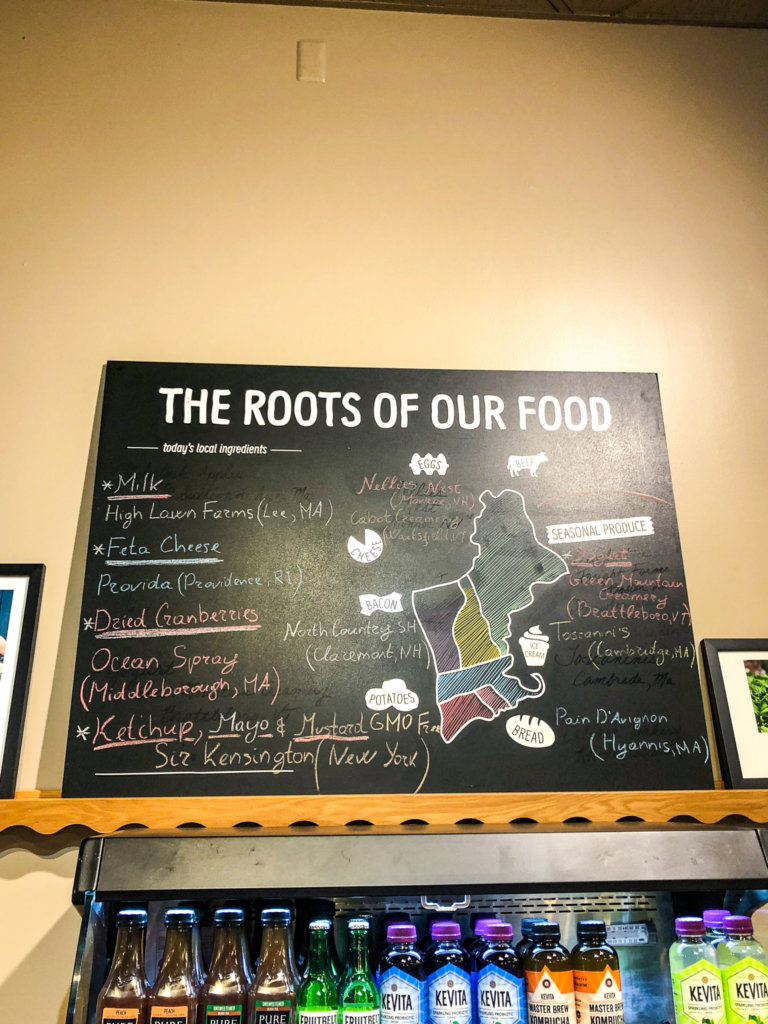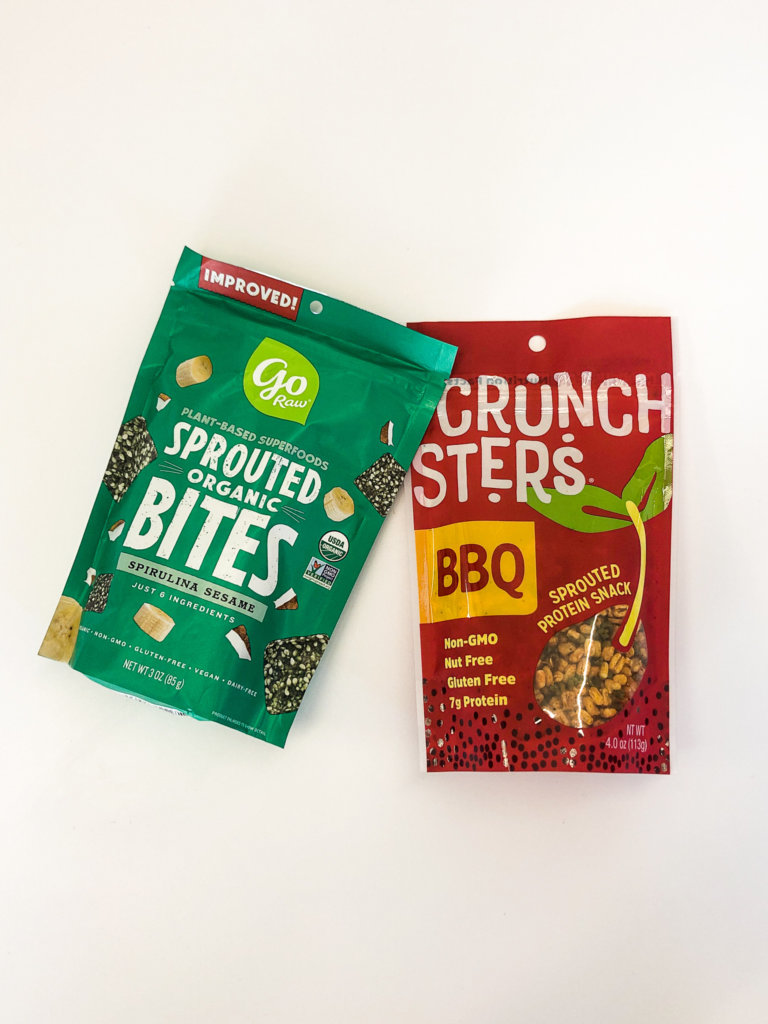
A Creative Growth Engine
Fueled by an Entrepreneurial Spirit.
Have you mapped out your brand’s 2020 content approach? Through our work as content creators for leading CPG brands, we’ve seen some key themes emerging strong into the new decade. And it looks like appearance is no longer everything.
Don’t worry. Eye-catching content featuring perfectly plated, vibrant ingredients will still help make your company’s social posts pop in a crowded feed. But nutrition- and eco-conscious consumers are digging deeper. They want to know where their food comes from and how it will enhance their health. They care about responsible sourcing and processing. And they connect most with brands that stand for something.
We hope these food trends can provide some inspiration as you build out your content calendar, coordinate brand collaborations, partner with influencers and make strategic product decisions.
Plant-Based Desserts
You know how parents sometimes sneak veggies into the dishes of unsuspecting kids? This is kind of like that. Except consumers are here for it in a big way. And why wouldn’t they be? Plant-based baked goods and gluten- and dairy-free desserts satisfy the sweet tooth while subbing in healthier ingredients. From beetroot cookies to ice cream that stars cauliflower, this trend is a true treat.

Meat Alternatives
If people can enjoy the nostalgic foods they grew up with and have a smaller environmental impact in the process, they will. New foodie developments, such as pea protein, have made things like “realistic” yet meatless hot dogs and deli meat possible. People are enthusiastic about trying other delicious and responsibly made vegan products from sausages and hot dogs to vegan crab cakes and smoked salmon.

Dairy Alternatives
These days, far fewer people ask that iconic question, “Got Milk?” — whether to suit dietary and digestive requirements or for environmental or moral reasons — and many opt for alternatives to dairy, such as oat, almond and cashew milk, to dairy-free cheese. The jury is still out on the nutritional benefits or drawbacks of making the switch.


Supporting Local
Home is where many a hungry heart is. Support for locally grown, locally made and locally raised products continues to swell, both in grocery stores and restaurants. There’s often a certain freshness and quality that comes with minimal processing, production and transportation time. And many feel good about supporting farmers and small businesses in their communities. The more brands and restaurants can tell their own unique stories and weave in support of local initiatives, the better.


Meal Planning
Schedules are jam-packed. People want simple solutions. That’s why time-saving subscription-based services that drop fresh ingredients and healthy recipes on doorsteps are in demand. As are products and content that help consumers organize and plan for easy, healthy lunches, snacks and dinners.

Responsible Packaging
Houston, we have a plastic problem. And consumers have started to realize recycling alone isn’t going to make much of dent. Thus, more people support businesses and brands that offer alternative sustainable packaging solutions, such as bioplastics, which are single-use products made from vegetables and other compostable materials.

Global Flavors
It may feel like a small world sometimes, but there’s a lot of fantastic flavor to go around. Unique flavor profiles, exotic spices and uncommon food pairings from around the world have found their niche in the U.S., and satisfy consumer cravings. And this increased appetite for authentic food is likely to stick around.

Sprouted Seed Snacks
Consumers look for convenient foods that not only taste good, but are also good for them. Said to be packed with higher nutrient levels than their non-sprouted counterparts, people love sprouted seeds for snacks, smoothies and even for making “cheesy” vegan sauces.


CBD
As more states enact medical and recreational marijuana laws, the use of Cannabidiol (CBD) found in cannabis has grown. CBD has been touted for helping ease anxiety, insomnia, chronic pain and inflammation. It’s no wonder there’s a boom of CBD-infused products from oil and cream to honey and gummies.

Collagen
After our mid-twenties, our bodies produce less collagen — a key protein that promotes tissue repair and is said to contribute to healthy nails, skin and bones. Thus, brands across the cosmetics, sports, fitness and nutrition industries alike incorporate collagen into products, touting a host of “anti-aging” benefits. We’ve seen everything from collagen cookies and powders to vitamin supplements and oils.

KETO
Diets come and go, but the Ketogenic craze continues to build momentum. This low carb, high fat approach aims at making the body burn fat instead of converting carbs into glucose. While some brands design snacks with the keto diet in mind, others create entire product lines that overtly call out keto.

Low FODMAP
FODMAP (short for fermentable oligosaccharides, disaccharides, monosaccharides and polyols) are hard to digest carbs. There’s a new certification system that promotes foods free from FODMAPs, such as fructose, lactose and galactans you find in wheat, grains, dairy and legumes. Companies strategically create low FODMAP products for those who experience food sensitivities and digestive issues.

Classic Recipes Reimagined
Banana jerky? Ramen in a beer glass? Avocado waffles? Both companies and consumers have gotten creative with their food and added new twists to classic snacks and dishes. So don’t be afraid to experiment as your brand develops products and creates content.

Think it might be time to take a fresh approach to your own content? Don’t hesitate to reach out.